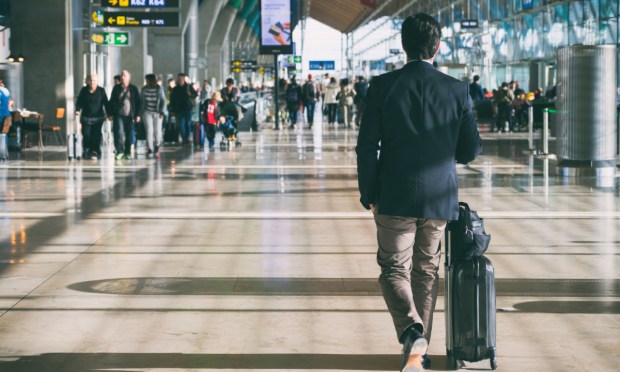Shift in Business Travel Forces Airline to Rethink Corporate Model

The rise of the connected economy, and the blurring of lines between digital and “in-person” realms, is shaking up the corporate travel market.
Zoom — and video calls in general — has proven to have staying power even as the pandemic recedes and economies (not to mention cross-border travel) are fully opened.
For airlines, where corporate travel has been a mainstay of revenue dependability for decades, the post-pandemic reality is spurring a shakeup of how corporate travel is booked — and paid for.
As The Wall Street Journal reported Monday (June 5), American Airlines has had to do some “rethinking” of business travel contracts, where the airline, like its peers, has traditionally offered discounts to corporations. The corporations, in turn, get those discounts as they satisfy “volume targets” for bookings. But Vasu Raja, the airline’s chief commercial officer, told the Journal that as many as 60% of corporate clients are not hitting those targets.
To help offset the impact — American gets about 30% of its top line from the business travel segment, down from 40% pre-pandemic — the company has been laying off corporate travel personnel, and cutting back on flights tied to some corridors such as Boston to Washington D.C.
It has also been shifting the booking process itself (along with a back-office tech overhaul), so that business travelers can find and buy flights directly through the site rather than relying on agents to aid those efforts.
The more direct approach, we note, also would ostensibly make it easier to satisfy a demand for trips that combine business and personal, recreational trips, commonly known as “bleisure.” The Centre for Aviation reported earlier this year that business travel demand may see a rapid upturn as 2023 progresses, but has remained at about 19% below pre-pandemic levels. In the meantime, hybrid and virtual work environments have boosted demand for bleisure travel. American’s experience with bleisure trips has been that average fares per mile for these hybrid trips are 8% to 10% above strictly-business fares, indicating better economics for those journeys.
Satisfying the Urge for Bleisure Travel
There’s precedent in the more direct approach, in the bid to offer a combination of streamlined business and leisure travel offerings that satisfy both tranches of demand. In PYMNTS research on global digital engagement, consumers engaged 9.7% more in digital travel activities year over year, among the most significant gains we’ve seen in the past year. Purchasing online airfare has seen a significant boost, with engagement up 14%, trailed only slightly by those consumers seeking online travel information, up 11%.
The digital activities that represent a linkage between travel and work were up 10%. As noted above, the lines are blurring between daily life and the demands of workday life. There’s room for both, even in the world of online meetings. For the airlines, accommodating the digital first lifestyle makes the skies friendlier for road warriors, and may improve revenues as a result.

